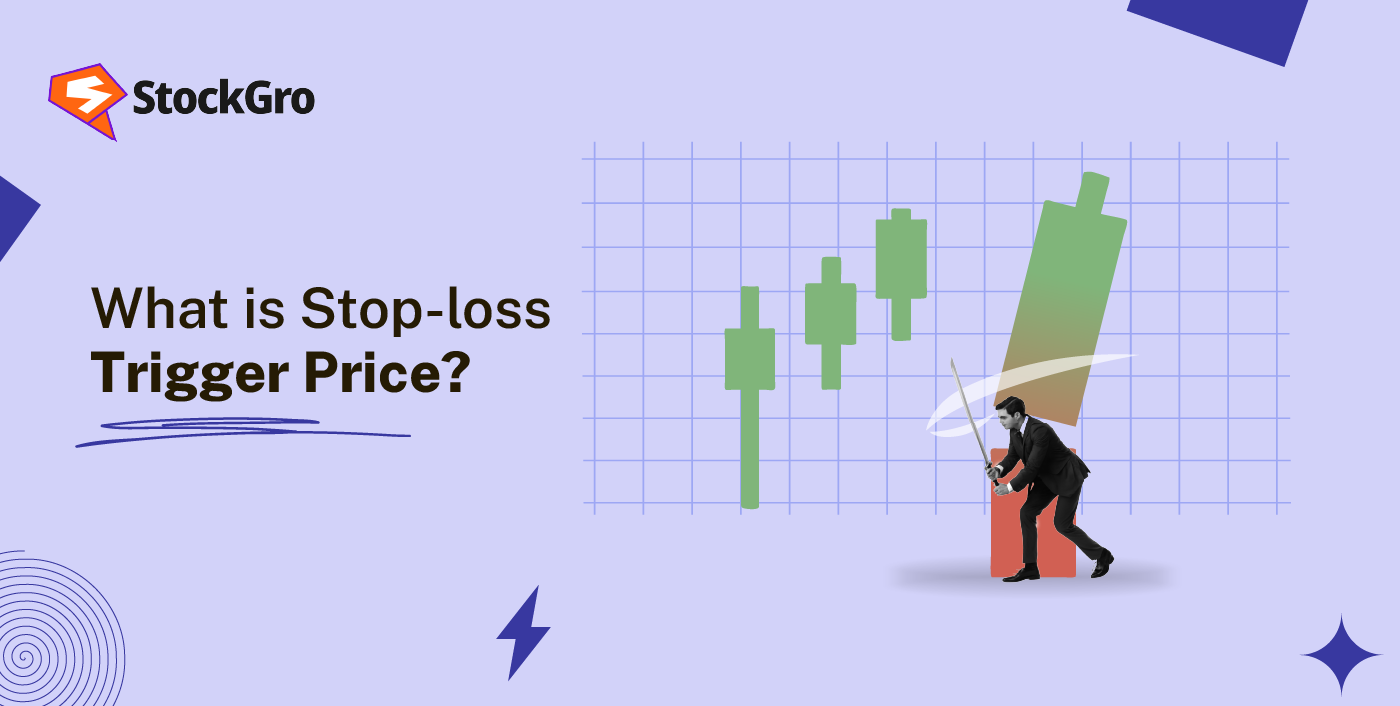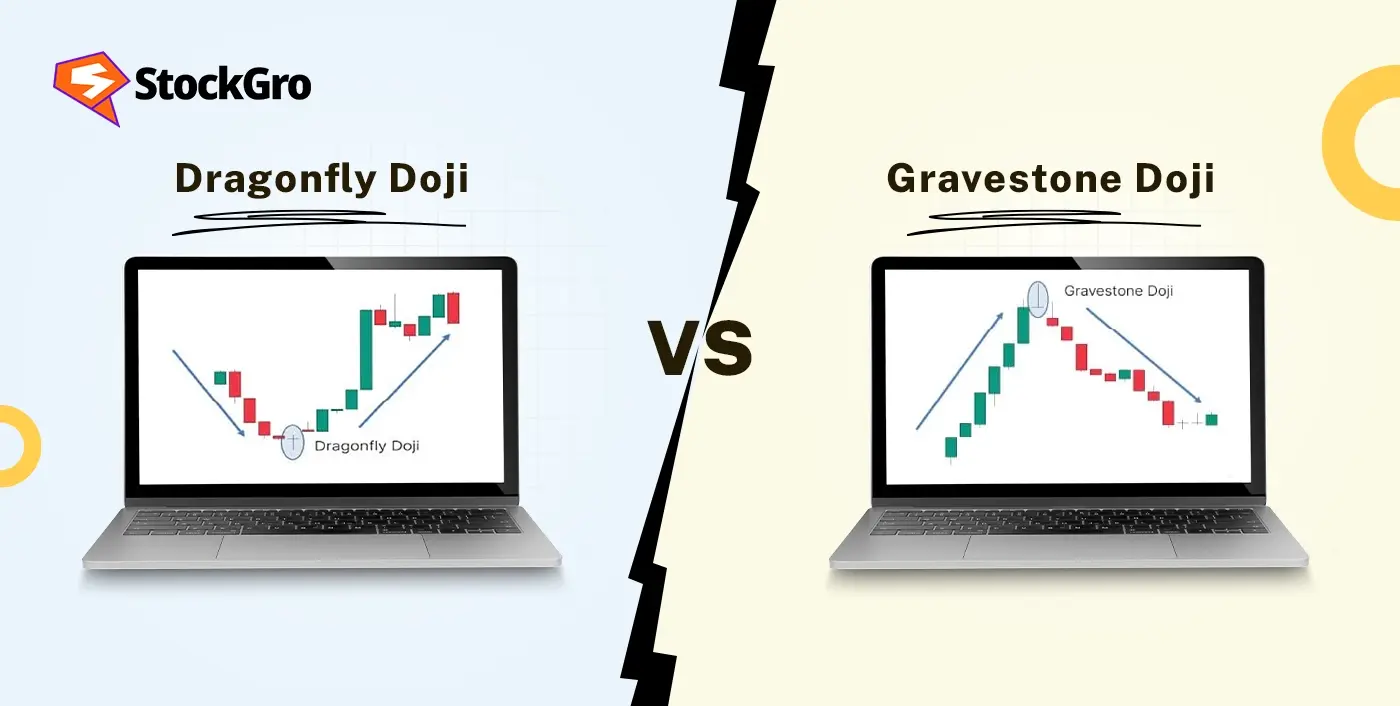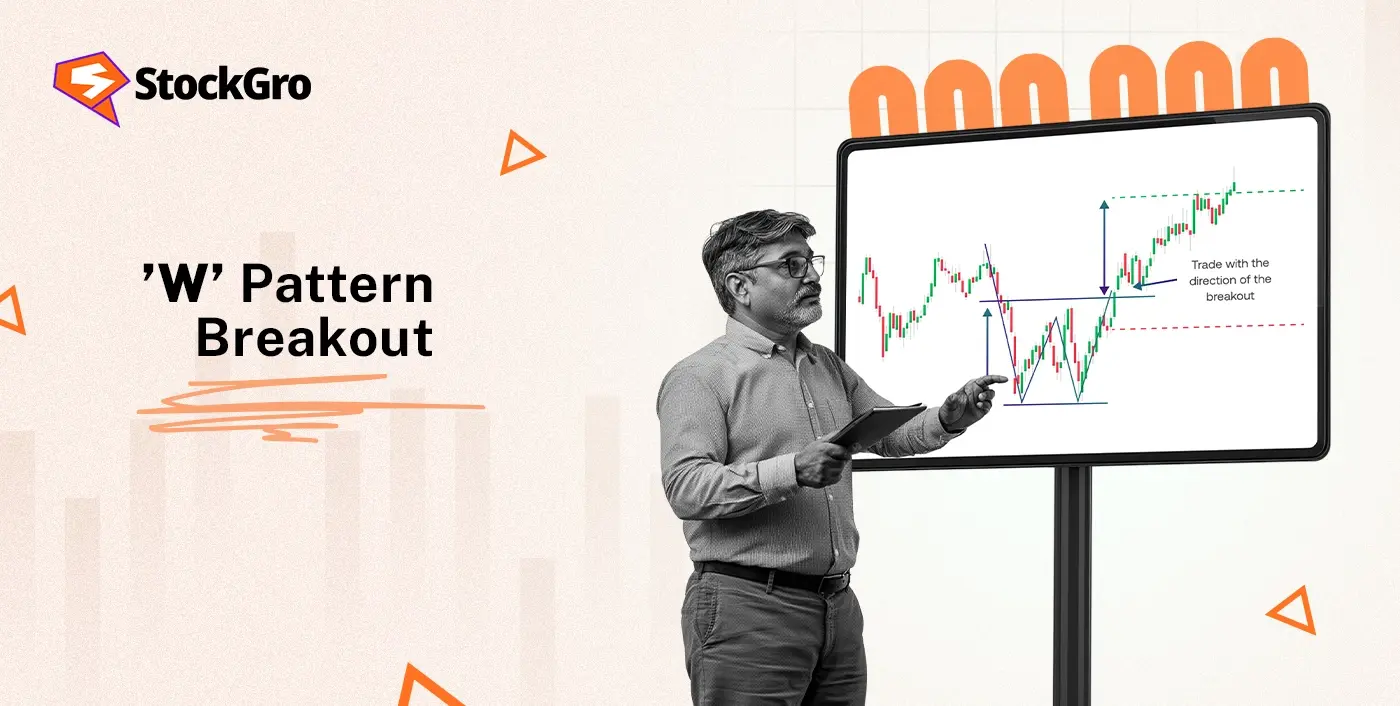
Every trader enters the market with the aim of making profits, but things don’t go as planned for every trade. Sometimes, the smart move is not about waiting, but about knowing exactly when to enter the market. That’s where a stop loss enters the picture. And the heart of this is the term “Stop loss trigger price”. It’s not just a technical term, but a tool to help your finance and business with a clear mind. Through this blog, we’ll discuss what is stop loss trigger price, how it works, and how you can make use of it in your trading journey.
Understanding Stop Loss Orders
A stop loss order can be seen as a precautionary measure. It is set up to sell a stock automatically when its price falls below a certain threshold. The goal? To stop emotions from driving decisions and cap your losses. The stop loss order is converted into a market order and executed without delay whenever the stock price reaches the pre-set point.
As an example, let’s say you invest ₹1000 in a stock and aim to avoid losing more than ₹50 per share. You can set a stop loss at ₹950, and if the stock drops to that limit, your stop loss gets activated and the stock is sold to balance your loss.
What is Stop Loss Trigger Price?
The stop loss trigger price is the price point reached to execute either buy or sell order on the exchange servers. You can consider it as the “alert signal” for your broker. Once your stock hits this price, your stop loss turns into an active market order and gets utilised at the following available price.
You must understand that the trigger price is not the ultimate selling price. Based on how rapidly the market shifts, your order may get filled at a price slightly below the trigger.
For instance:
- You set a stop loss trigger at ₹950.
- Once the stock touches ₹950, your broker sends the sell order to the exchange.
- It may get executed at ₹949.50 or ₹949, based on speed and liquidity.
How to Calculate a Stop Loss Trigger Price?
Now that you know what is stop loss trigger price, let’s look at ways to calculate stop loss.
- Depending on Percentage Loss
This is the most prevalent technique:
Formula:
Trigger price = Buy price – (Buy price x loss percentage)
As an example, suppose you wish to establish a 5% loss limit for a stock purchased for ₹1000.
1000 – (1000×0.05) = ₹950
Your trigger price would be ₹950.
- Using Support Levels
Many businessmen opt for trigger prices depending on technical levels, such as:
- Former swing lows
- Touching averages
- Major support areas
If a stock faces multiple bounces near ₹930, this can serve as support. Setting a stop loss just lower than that (e.g. ₹920) can provide the trade some breathing room while still offering security.
- Volatility-based Strategy
In case of an unstable stock, it is also easy to trigger a tight stop loss. In such instances, traders set a broader and more practical stop loss using tools such as Average True Range (ATR).
Factors Affecting Trigger Price Selection
Only knowing what is stop loss trigger price may not be enough, you need to have an idea about the factors that affect this price selection.
- Your Risk Appetite
In case you are a traditional trader, your stop loss trigger will be very near to your buy price. If you’re more aggressive, a greater margin can be chosen.
- Market Instability
In an extremely volatile market, prices can wildly vary. To prevent unnecessary stop out, your trigger price should account for feasible price noise.
- Trading Pattern
- Stop losses are tighter among intraday traders.
- Swing or positional traders can use triggers to cover huge price fluctuations.
- Liquidity
Poor execution may arise due to sharp price drifts in the illiquid stocks. Always authenticate the typical traded volume prior to setting your stop loss trigger.
Example of Stop Loss Trigger Price in Trading
Suppose you have invested in Company X’s 100 shares at ₹1000.
You determine your maximum loss should not exceed ₹50 per share.
You set:
- Trigger price: ₹1000
- Stop loss limit price: ₹950
This means:
When stock drops below ₹1000, your sell order is activated.
It’ll then sell your shares at ₹950 or better (based on liquidity)
This setup saves you from loss without waiting around to sell manually when the price drops.
Benefits of Using a Stop Loss Trigger Price
- Adds Trading Discipline
An unstable market can lead you to be driven by emotions. A stop loss trigger is like a pre-decided checkpoint that helps you avoid waiting too long out of hope or just panic selling. Staying committed to your strategy, no matter what the market says, helps you develop long-term self-control.
- Restricts Potential Losses
This is its wildest advantage. A stop loss trigger price allows you to express the limit you’re willing to lose on a trade, nothing less or more. It guarantees that even if a trade plays out according to your plan, you can still manage the loss.
- Lessens Screen Time
No need to spend all day staring at the charts and hoping for a reaction. Once set, the trigger automatically functions in the background. This relaxes your mind so that you get more time to focus on your tactics or other opportunities.
- Supports Better Risk Management
You can plan your trades with more transparent risk-reward ratios using a stop loss trigger price. It assists in positioning yourself more prudently, so you’re not overexposing yourself on any single trade. This results in more unconventional and stable trading in future.
Limitations and Risks of Stop Loss Trigger Price
- No Certain Price
Triggering the stop loss doesn’t mean your order will be sold at that particular trigger price. In an ever-evolving market, your order could be filled at a poorest value (called slippage).
- Severe Highs & Lows
Occasionally, stocks rigorously fall below your stop loss and rebound. Your position might close too early in these cases, missing out on a potential recovery.
- Over-Reliance
The thoughtless implementation of stop losses, without considering the chart or instability, may bring more losses than gains.
Common Mistakes When Setting a Stop Loss Trigger Price
- Setting it Too Tight
If your trigger price is too close to the current value, it might get triggered by minor instabilities needlessly.
- Ignoring Support Zones
Always verify the chart. Setting a trigger close to a significant support area can lead to early exits.
- Forgetting to Fine-tune
Market conditions are dynamic. So should your stop loss strategy, particularly when you’re holding situations overnight or during news-heavy phases.
- Not Considering Instability
Highly volatile stocks require more breathing room. A too tight trigger could bring frequent losses.
Conclusion
To conclude, what is stop loss trigger price? It is the tool that at first might appear complex but becomes second nature once you understand how it functions. It’s one of the essential risk management elements to save you from huge losses and help you trade with more transparency. Remember, there is no perfect tool. It’s not about avoiding loss entirely, but about keeping it limited enough to sustain in the game to win.
FAQs
In a stop loss, the trigger price is where your buy or sell order will be activated. Here, not the trading value, but the price activates your order for market entry. Once the stock touches or surpasses this level, your stop loss turns into a market or limit order, depending on your activation preference. It assists you in protecting yourself from further losses when the market takes a counter-position.
Definitely, you can adjust your stop loss trigger price anytime before activation. Traders often refine the trigger price if the market drifts advantageously or according to new resistance or support levels. You must be habituated with verifying your stop loss frequently, particularly in unstable markets. However, make your changes in advance as there’s no room for modification once your trigger price is hit and you place the order.
Your Stop Loss Trigger Price should depend on the market situation and the risk you take. Most traders decide using technical levels such as moving averages, recent support or resistance, or price trends. The idea is to position it where, if hit, it shows the trade setup has broken down. Also, influence in market instability, too wide and you risk huge losses or too tight and it may trigger prematurely. Backtesting and experience help reshape your approach.
Yes. The stop loss trigger price automatically functions, once you set up. You don’t need to manually execute the trade or monitor the market. As soon as the price hits your specified trigger level, your broker’s system will initiate the buy or sell order. This automation makes stop losses particularly beneficial for traders who can’t track the market regularly or don’t want to be involved in emotional decision-making.
When your trigger price hits, it turns into an active order, commonly a limit order or market order based on your choice. For limit order, your trigger price will imply only at your chosen price or better, whereas, your position will be challenged at the next reachable price for market order. Remember one thing, in an ever-evolving or illiquid market, there may be a small difference between the trigger and the original execution price.

